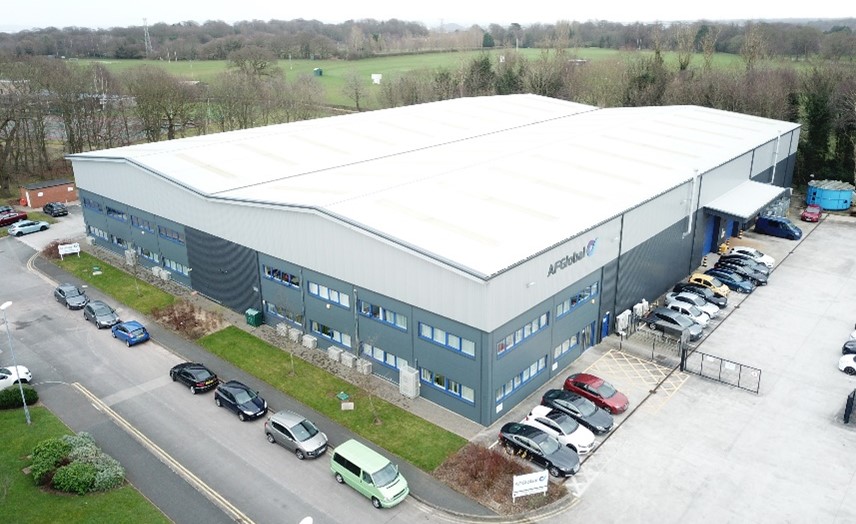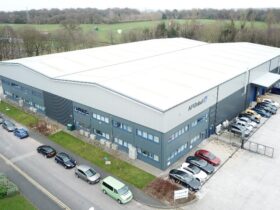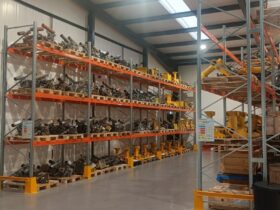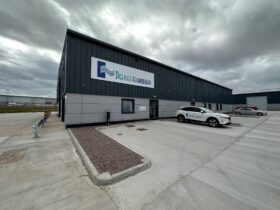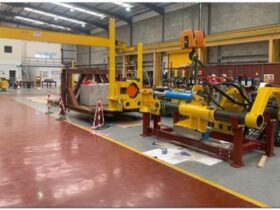Deepsea Technologies’ engineering capability and experience allows us to provide a wide range of testing services. The ability to test systems in an integrated or individual basis allows for complete product testing prior to being placed into service. Hydrostatic testing up to 22,500 psi is performed regularly. Load testing can be performed on premises up to 60 tons. Hands-on engineers and technicians support the client in proofing a product and supply valuable peace of mind to our customers.
We offer pressure, qualification testing, inspection and non-destructive testing. The Bromborough facility comprises of 4 testing bays; 3 test bays perform Hydrostatic testing and 1 bay provides full facilities using either water or gas as the test medium, inspection, NDT bays and assembly areas.
Our Aberdeen site and offshore service base also allows for assembly, testing and storage. the 9,000ft2 facility comprises of flushing and test bays with a versatile site layout to suit client’s project needs and requirements.
Non-Destructive Testing (NDT)
- Liquid penetrant inspection (LPI/PT), or dye penetrant inspection is a reliable, efficient and cost-effective method for detecting surface flaws of welds and other components that cannot be destroyed. LPI is a portable surface inspection method, allowing our inspectors to conduct comprehensive penetrant inspection. LPI is a valuable tool for evaluating non-ferromagnetic and non-metallic materials.
- Magnetic particle inspections (MPI/MT) is a NDT method used to check for surface and near-surface discontinuities in ferrous materials. Because this method relies on a magnetic field to product results, it works best on ferrous materials like nickel, iron, cobalt and some alloys.
Mechanical Testing
Load testing is performed using a specifically designed rig, the rig can apply bending, torsion and axial loads. The test piece can be pressure testing whilst simultaneously applying loads.
Temperature, pressure, bending, torsion and test piece strains can be measured. The load test rig when in use is located within the test bay walls providing full ballistic protection.



